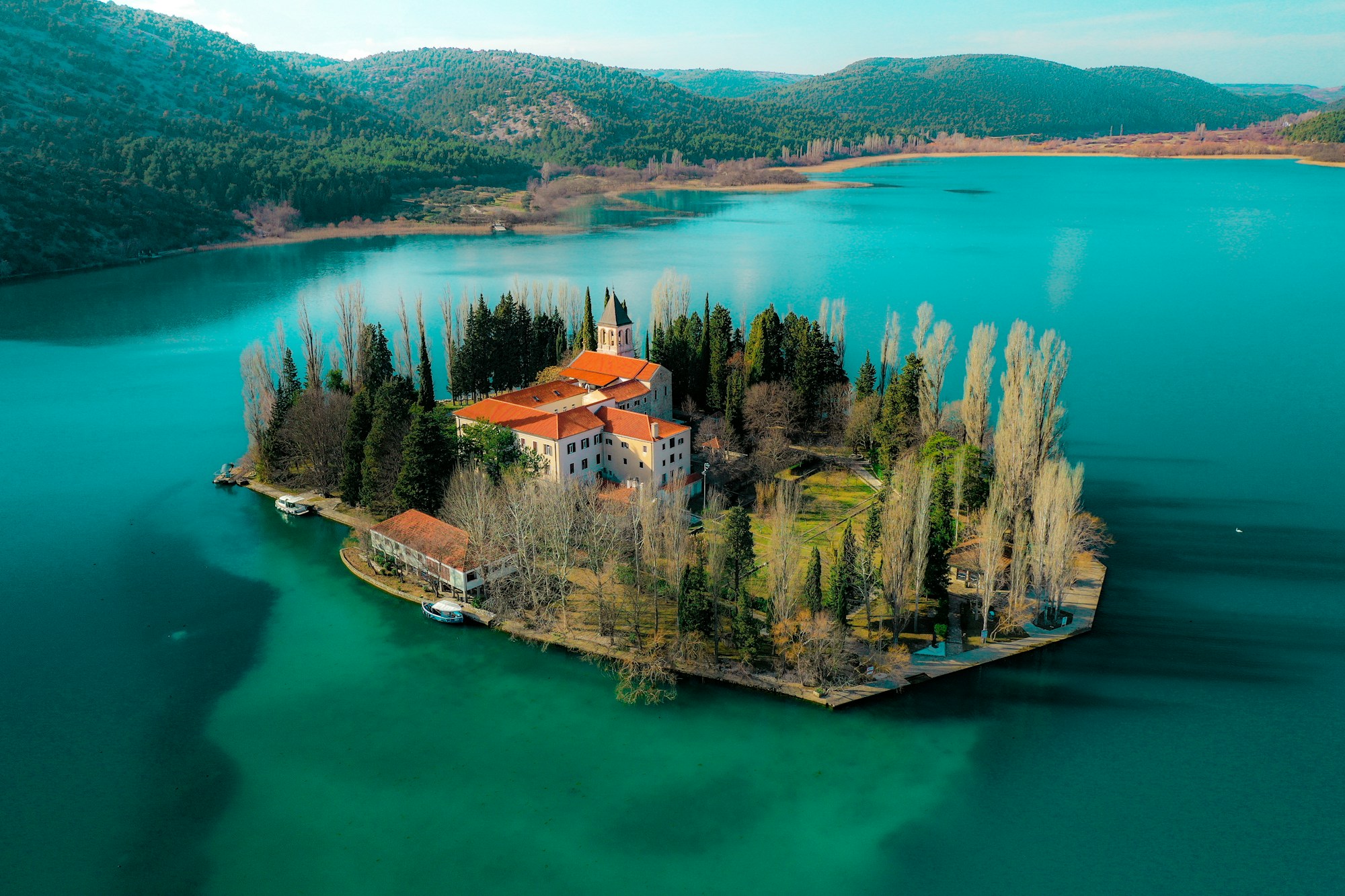What to See in Croatia: A Geographic and Meteorological Travel Guide

What to See in Croatia: A Geographic and Meteorological Travel Guide
Croatia, located in Southeast Europe, is a land of stunning natural beauty, rich history, and diverse culture. From the sun-soaked coastline along the Adriatic Sea to the rugged mountains of the Dinaric Alps, Croatia offers a wide range of attractions that will captivate any traveler. In this geographic and meteorological travel guide, we will explore some of the must-see destinations and provide insights into the climate patterns that shape this beautiful country.
1. Dubrovnik
Dubrovnik, known as the "Pearl of the Adriatic," is a coastal city that deserves a spot on every traveler's itinerary. Enclosed by ancient walls, the Old Town of Dubrovnik is a UNESCO World Heritage Site that showcases stunning architecture, including the iconic Fort Lovrijenac and the Cathedral of the Assumption of the Virgin Mary.
When it comes to climate, Dubrovnik enjoys a Mediterranean climate, characterized by hot and dry summers and mild winters. Summers are the peak tourist season, with temperatures often reaching the mid-30s Celsius (mid-90s Fahrenheit), while winters are pleasantly mild with temperatures averaging around 10 degrees Celsius (50 degrees Fahrenheit).
2. Plitvice Lakes National Park
If you're a nature enthusiast, Plitvice Lakes National Park should be high on your list. This pristine park is a natural wonderland, featuring a series of cascading lakes and waterfalls that create a breathtaking landscape. Explore the park's network of wooden footbridges and hiking trails, which allow visitors to experience the park's beauty up close.
Plitvice Lakes National Park spans across varying elevations, resulting in different microclimates. Summers here are generally mild and pleasant, with temperatures in the low to mid-20s Celsius (mid-70s Fahrenheit). However, winters can be cold, with temperatures often dropping below freezing, and the lakes freezing over, creating a winter wonderland.
3. Split
Situated on the central Dalmatian coast, Split is a vibrant city that seamlessly combines ancient history with a lively Mediterranean atmosphere. The star attraction here is Diocletian's Palace, an impressive Roman monument that now forms the heart of the city. Explore the narrow streets lined with shops, cafes, and restaurants, or simply relax on the beautiful promenade known as the Riva.
Split experiences a Mediterranean climate, with hot and dry summers and mild, wet winters. Summers can be scorching, with temperatures reaching the high 30s Celsius (high 90s Fahrenheit), while winters are relatively cool and wet, with temperatures averaging around 10 degrees Celsius (50 degrees Fahrenheit).
4. Hvar
Hvar, often referred to as the "Sunniest Island in Croatia," is a true Mediterranean gem. With its crystal-clear turquoise waters, picturesque beaches, and charming historical town, Hvar offers a perfect mix of relaxation and cultural exploration. Climb up to the fortress for panoramic views of the island, or indulge in a leisurely stroll through the labyrinthine streets of Hvar Town.
The climate in Hvar is Mediterranean, characterized by hot, dry summers and mild, wet winters. Summers are perfect for beach activities, with temperatures soaring into the mid-30s Celsius (mid-90s Fahrenheit). Winters are mild, with temperatures rarely dropping below 10 degrees Celsius (50 degrees Fahrenheit).
5. Zagreb
Zagreb, the capital of Croatia, is a cosmopolitan city that blends Central European charm with a Mediterranean lifestyle. Explore the historic Upper Town, stroll down the lively streets of Lower Town, and visit attractions like the St. Mark's Church and the Zagreb Cathedral. Don't forget to indulge in the city's culinary scene, which offers a delicious blend of traditional Croatian and international cuisines.
Located inland, Zagreb experiences a continental climate, with hot summers and cold winters. Summers are warm, with temperatures averaging around 25 degrees Celsius (mid-70s Fahrenheit), while winters can be chilly, with temperatures often dropping below freezing. Snowfall is common during the winter months, creating a picturesque atmosphere.
Conclusion
Croatia's geographical and meteorological diversity make it a truly remarkable travel destination. Whether you're seeking sun-drenched beaches, ancient historical sites, or stunning natural landscapes, Croatia offers something for everyone. So pack your bags, grab your sunscreen, and get ready to embark on a memorable adventure in this beautiful country.
Google Maps Embed:
